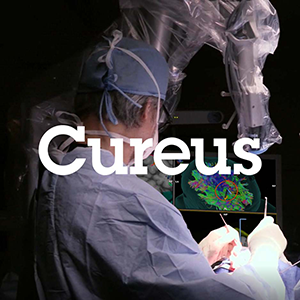
“Neuropathic pain (NP) is a chronic disease that affects the normal quality of life of patients. To date, the therapies available are only symptomatic and they are unable to reduce the progression of the disease. Many studies reported the efficacy of Cannabis sativa L. (C. sativa) on NP, but no Δ9 -tetrahydrocannabinol (Δ9 -THC)-free extracts have been investigated in detail for this activity so far. The principal aim of this work is to investigate the potential pain-relieving effect of innovative cannabidiol-rich non-psychotropic C. sativa oils, with a high content of terpenes (K2), compared to the same extract devoid of terpenes (K1). Oral administration of K2 (25 mg kg-1 ) induced a rapid and long-lasting relief of pain hypersensitivity in a mice model of peripheral neuropathy. In spinal cord samples, K2 reduced mitogen-activated protein kinase (MAPKs) levels and neuroinflammatory factors. These effects were reverted by the administration of a CB2 antagonist (AM630), but not by a CB1 antagonist (AM251). Conversely, K1 showed a lower efficacy in the absence of CB1/CB2-mediated mechanisms. In LPS-stimulated murine microglial cells (BV2), K2 reduced microglia pro-inflammatory phenotype through the downregulation of histone deacetylase 1 (HDAC-1) and nuclear factor of kappa light polypeptide gene enhancer in B-cells inhibitor (IKBα) and increased interleukin-10 (IL-10) expression, an important antiinflammatory cytokine. In conclusion, these results suggested that K2 oral administration attenuated NP symptoms by reducing spinal neuroinflammation and underline the important role of the synergism between cannabinoids and terpenes.”







